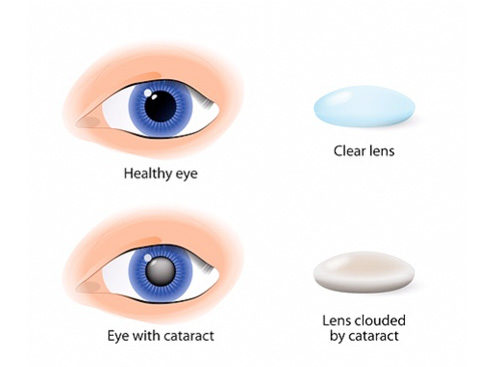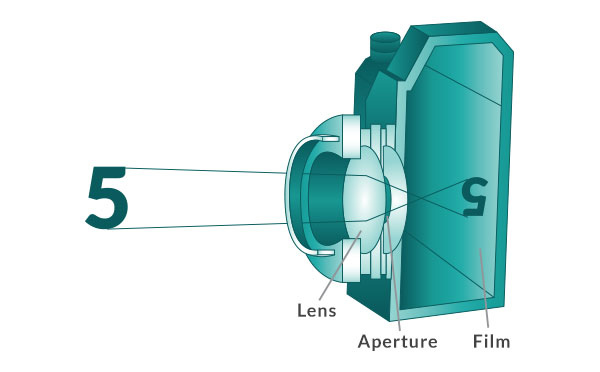WHAT IS A CATARACT?
Our eye works much like a camera, and just like a camera lens focuses light on the camera film, the lens in our eye helps to focus light on our retina. With time, however, the lens in our eyes becomes cloudy and less transparent, resulting in what we call ‘cataract’. In a sense, it can be considered as part of our aging process, explaining why cataract is the most common cause of vision loss in people over 40 worldwide; and cataract surgery is one of the most common operations performed.
There are different types of cataracts including:
- Nuclear cataract (age related hardening, yellowing and clouding of the central zone – nucleus of the lens)
- Cortical cataract (white opacities that work their way from the periphery towards the centre of the lens)
- Subcapsular cataract (vacuole like opacities forming at the back surface of the lens)
However, no matter what type of cataract one has, it all leads to the same result of causing degradation of the quality of vision and requires the same treatment – cataract surgery.



SYMPTOMS OF A CATARACT
The exact symptoms and the speed of which it develops can often differ between individuals depending on the type of cataract, people’s perception and their different day-to-day visual demands. In general, symptoms include:
- Blurring (like looking through cloudy glasses, out of focus)
- Ghosting and doubling of images
- Poor vision in dim light (requiring very strong direct light in order to read)
- Sensitivity to bright lights
- Glare and haloes around lights causing night-driving difficulties (e.g. from oncoming headlights)
- Recent rapid changes in glasses prescriptions (myopic shift)
WHAT CAUSES A CATARACT?
As mentioned above, cataract becomes very common as we age. There are, however, known risk factors which may contribute to its development. These include: UV radiation, diabetes, prolonged use of corticosteroid, previous eye injury or eye surgery, other eye diseases (e.g. uveitis) and congenital / hereditary causes.
TREATMENT FOR A CATARACT?
The only treatment for cataract is to remove it with surgery. Once the cataract is removed, it is almost always replaced by an artificial intraocular lens to help retain the original function of the natural lens in focusing light onto the retina.
The operation usually takes about 10 – 15 minutes to perform. It is always done as a day procedure with patients generally going home about 1 hour after the operation.
If you would like to know more about cataract surgery, please click here.
